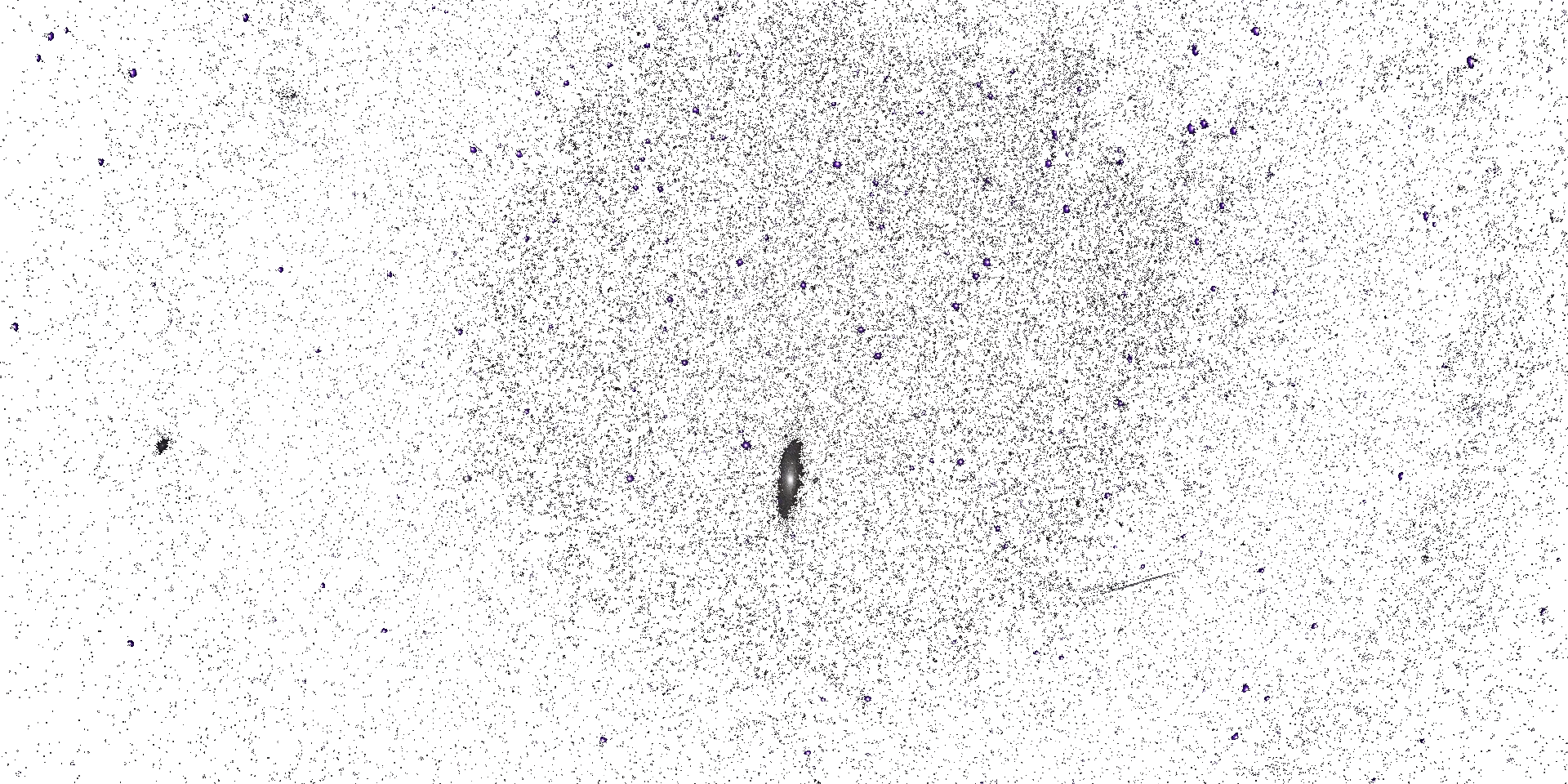




Space Climate 8 Meeting Abstract
Cross-analysis of X-Ray, particle, and radio spectra as seen by STIX and EPD onboard the Solar Orbiter and ground radio telescope in selected solar events.
Oleksiy V. Dudnik (Space Research Center of Polish Academy of Sciences, Institute of Radio Astronomy of National Academy of Sciences of Ukraine)
Janusz Sylwester, Tomasz Mrozek, Anna Kępa, Arun K. Awasthi,
Space Research Center of Polish Academy of Sciences, Poland;
Marian Karlicky,
Astronomical Institute of the Czech Academy of Sciences, 251 65 Ondřejov, Czech Republic
Karol Kułaga,
Astronomical Institute of the University of Wroclaw, Poland
X-ray emission of the solar corona provides information on the temperature and density of the plasma, its composition, and the locations of flare sources. Moreover, it also hosts the physical processes that generate high-energy charged particle beams of various sorts outward the Sun, mainly subrelativistic electrons. The latter is currently registered by a few semiautonomous instruments comprising the Energetic Particle Detector (EPD) suite onboard the Solar Orbiter mission. The most influential instruments from the point of view of cross-analysis with the hard X-ray phenomena are the SupraThermal Electrons and Protons (STEP) and the Electron Proton Telescope (EPT) of EPD. The X-ray emission itself is recorded by the Spectrometer Telescope for Imaging X-rays (STIX) which provides X-ray spectroscopy of thermal and non-thermal emissions up to the energy of 150 keV by using CdTe detectors. An extra marker of the solar energetic particles (SEP) ejection and acceleration during the impulsive phase of the solar flare toward the near-Earth space is the ground-based registration of the solar radio bursts in a wide frequency band up to ultra-high frequency (UHF) waveband.
In order to dispel doubts about which parameters in the STIX measurements and ground very high frequency (VHF) and UHF solar radio records may contain information about accelerated high-energy particles, we performed a prompt cross-analysis of STIX, EPD, and ground-based radio data. In this work we study the time evolution of energy spectra of solar corona X-ray emission within the fine structure of selected solar flares. In this respect, the C4 and C6 GOES class solar flares on May, 9 and 22 of 2021 were selected, as examples. Energetic particle spectrograms derived from the EPT/EPD were observed at various phases of X-ray flares as recorded by STIX. Some peculiar features in energetic electrons are being discussed such as a narrowness of beams in energy and time, their anisotropy in velocity, presence of accelerated ions in a wide range of atomic mass for the 22 May flare event. In STIX data we do perform a study of the variation for parameters of energy spectra approximation in a few energetic sub-ranges due to temporal non-coincidence of peak values in the soft and hard X-ray sub-bands. We carry out also the cross-analysis of X-ray emission by STIX satellite data, radio bursts observed in the frequency range 2 – 5GHz by the Ondřejov ground-based radiospectrograph, and high energy electron fluxes in the range from 30 to 470 keV as seen by EPD. The morphological evolution of the bright structures in EUV wavelengths (from AIA/SDO observations) has been investigated since the evolutionary phase of the flare alongside the parameters of the photospheric line-of-sight magnetic field (from HMI/SDO observations) to infer the role of magnetic configuration of active regions in producing the non-thermal electrons that in turn produce hard X-ray emission. We do perform comparative estimations of some coronal plasma parameters, such as density by different approaches that are based on the various types of solar flares records.
Mode of presentation: poster (Need to be confirmed by the SOC)
